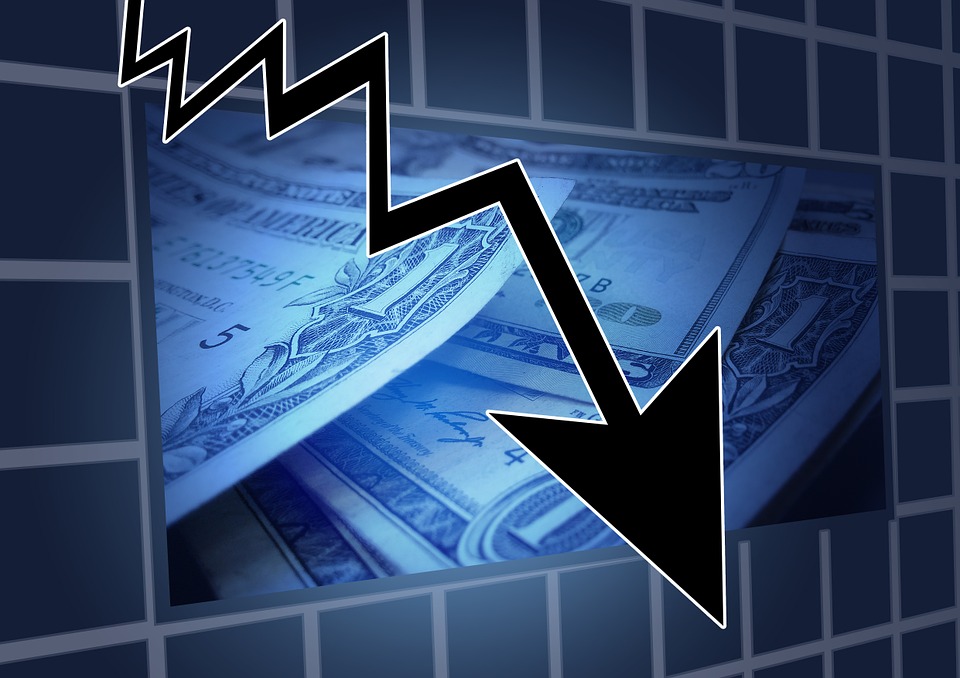After the bank collapse of SVB, we have seen stronger and increasing concerns of recession and financial crisis. Typical signs of this in the futures market has been the falling oil price and rising gold price. What effects does this bank collapse and its consequences have on the price of sugar?
Sugar prices have been under pressure lately, retreating from a six-year high reached in late February. The main reasons for this correction are a weaker Brazilian real, lower crude oil prices, and improved supply prospects from major producers.
The Brazilian real has been depreciating against the US dollar since March 10th, reaching a the lowest point on March 17th since January. This makes Brazilian sugar exports more competitive and encourages local producers to sell more sugar in the international market. Brazil is the world’s largest sugar producer and exporter, accounting for about 21% of global production and 45% of global exports.
Crude oil prices have also fallen since March 10th, dropping by about 10% as of March 17th. This increases the demand for the cheaper fuel, meaning that alternative fuel such as ethanol, which is made from sugarcane in Brazil and competes with sugar as sweetener for sugarcane use. Lower ethanol prices also make sugar more attractive for cane mills to produce, as the sugar production would transition from ethanol to regular sugar.
https://www.forbes.com/advisor/money-transfer/currency-converter/brl-usd/

Kommentarer
Legg inn en kommentar